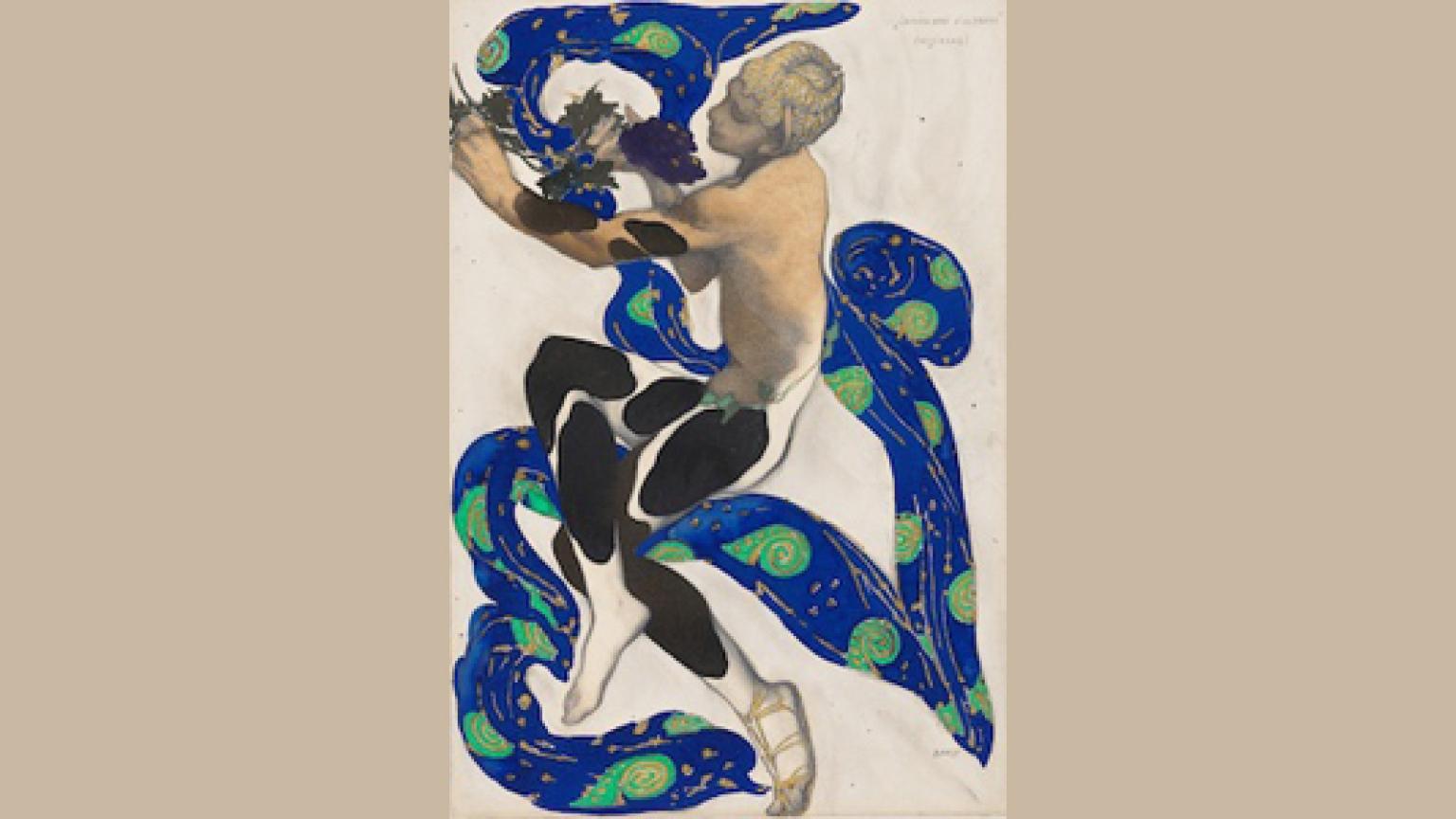Past Exhibition
Diaghilev and the Ballets Russes, 1909-1929: When Art Danced with Music

Details

Overview: The Ballets Russes—the most innovative dance company of the 20th century—propelled the performing arts to new heights through groundbreaking collaborations between artists, composers, choreographers, dancers, and fashion designers. Founded by Russian impresario Serge Diaghilev (1872–1929) in Paris in 1909, the company combined Russian and Western traditions with a healthy dose of modernism, thrilling and shocking audiences with its powerful fusion of choreography, music, and design. Showcasing more than 130 original costumes, set designs, paintings, sculptures, prints and drawings, photographs, and posters, Diaghilev and the Ballets Russes also incorporates film clips in a theatrical multimedia installation. Adapted from the exhibition conceived by and first shown at the Victoria and Albert Museum (V&A) in 2010, the presentation in Washington draws upon that rich survey, including some 80 works from the V&A’s renowned collection of dance artifacts, and adds about 50 objects, generously offered by more than 20 lenders, private and public.
Diaghilev’s success depended primarily on his ability to identify and bring together the most creative artists of his day. Recognizing the vitality of contemporary art, he called upon Léon Bakst, Natalia Goncharova, Pablo Picasso, Henri Matisse, and Giorgio de Chirico, among others, among others, to create dynamic set designs and exquisitely decorated costumes that shared a unified aesthetic. They in turn brought the most important artistic developments of the early 20th century—including futurism, cubism, and surrealism—to the ballet stage. Diaghilev also commissioned ballet scores from innovative composers such as Igor Stravinsky, Sergei Prokofiev, and Erik Satie, and featured dancers noted for their technical brio, making the company a breeding ground for musical and choreographic innovation: Mikhail Fokine, Vaslav Nijinsky, Léonide Massine, Bronislava Nijinska, and George Balanchine all dramatically expanded the vocabulary of movement. The troupe’s productions—notably the infamous Rite of Spring, now celebrating its 100th anniversary—instigated a revolution in dance. This exhibition seeks to highlight these and other connections fostered by Diaghilev.
Organization: Organized by the Victoria and Albert Museum, London, in collaboration with the National Gallery of Art, Washington.
Sponsor: The exhibition is made possible by generous grants from ExxonMobil and Rosneft. Adrienne Arsht also provided leadership support. Additional funding is kindly given by Sally Engelhard Pingree and The Charles Engelhard Foundation, Jacqueline B. Mars, Leonard and Elaine Silverstein, and The Exhibition Circle of the National Gallery of Art. The exhibition is supported by an indemnity from the Federal Council on the Arts and the Humanities.
Attendance: 227,660
Catalog: Diaghilev and the Ballets Russes, 1909 -1929, edited by Jane Pritchard, London: V&A Publishing, in association with the National Gallery of Art, Washington, 2010.
Brochure: Diaghilev and the Ballets Russes, 1090-1929: When Art Danced with Music. Washington, D.C.: National Gallery of Art, 2013.




